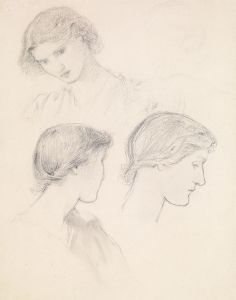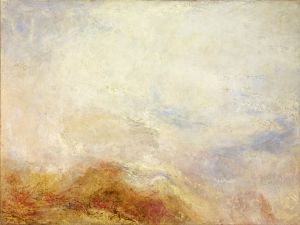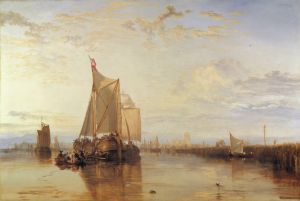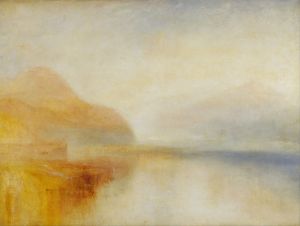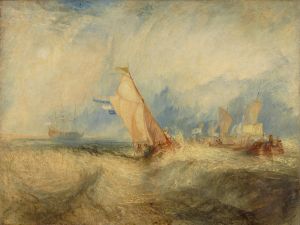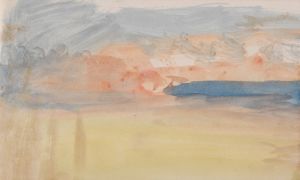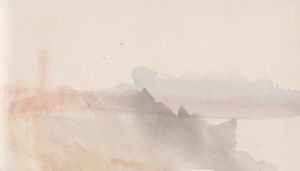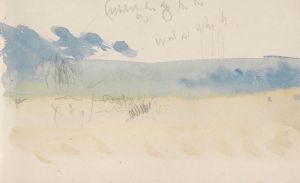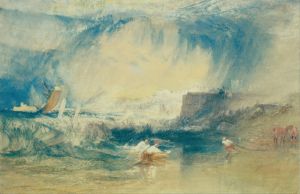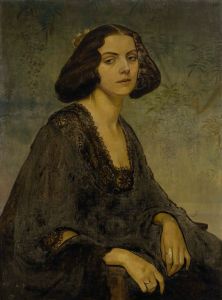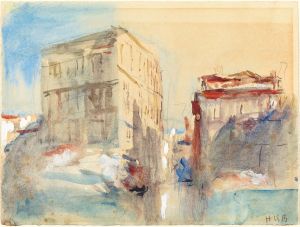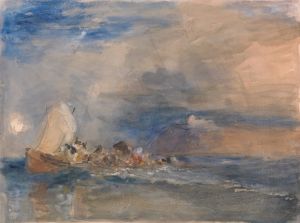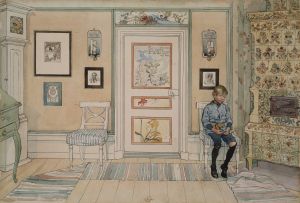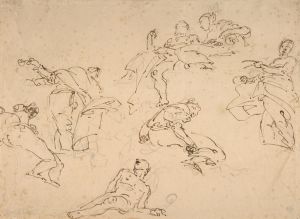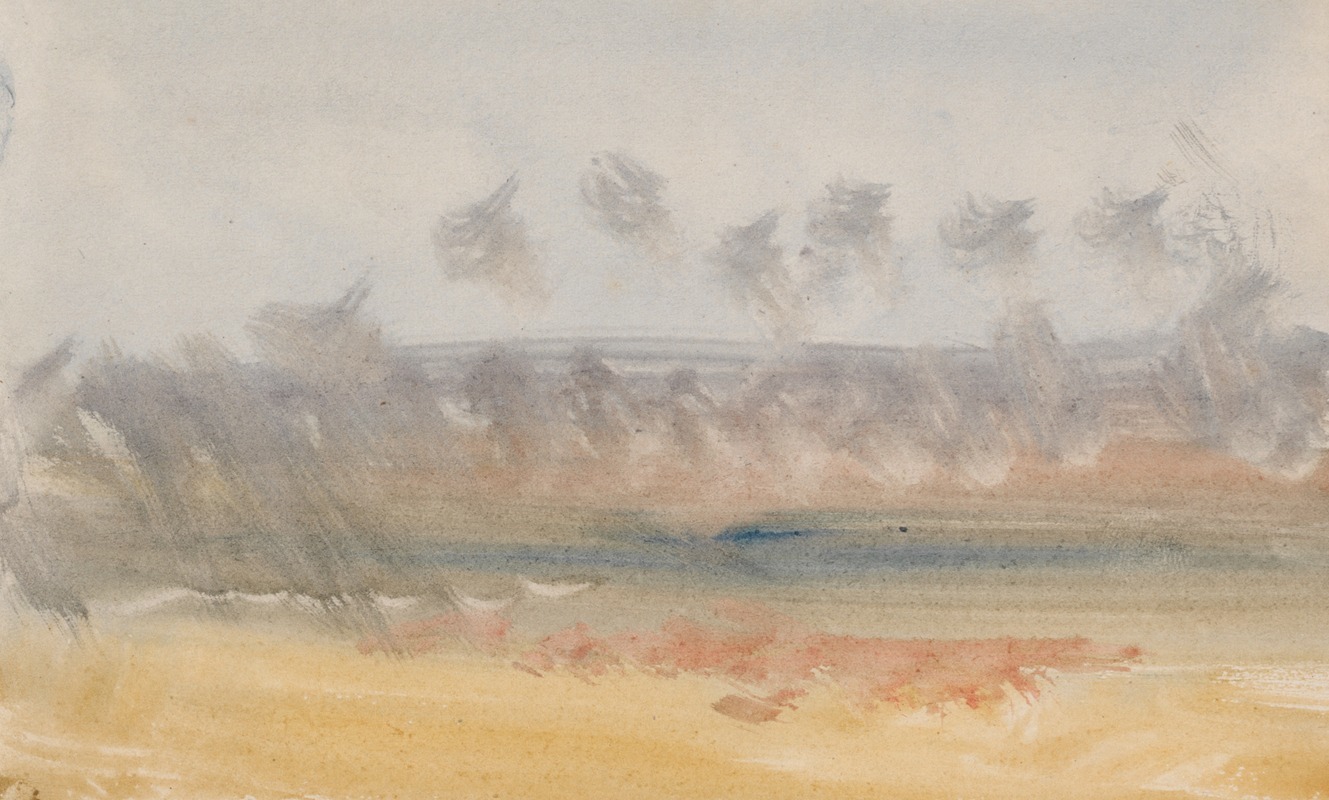
The Channel Sketchbook 4
A hand-painted replica of Joseph Mallord William Turner’s masterpiece The Channel Sketchbook 4, meticulously crafted by professional artists to capture the true essence of the original. Each piece is created with museum-quality canvas and rare mineral pigments, carefully painted by experienced artists with delicate brushstrokes and rich, layered colors to perfectly recreate the texture of the original artwork. Unlike machine-printed reproductions, this hand-painted version brings the painting to life, infused with the artist’s emotions and skill in every stroke. Whether for personal collection or home decoration, it instantly elevates the artistic atmosphere of any space.
Joseph Mallord William Turner, an eminent British artist renowned for his landscape paintings and watercolors, created a series of sketchbooks throughout his career that offer insight into his artistic process and the development of his ideas. One such sketchbook is "The Channel Sketchbook 4," which is part of a collection of sketchbooks held by the Tate Gallery in London. These sketchbooks are invaluable resources for understanding Turner's work and the evolution of his style.
Turner was born in 1775 and became one of the most influential figures in the Romantic movement. His work is characterized by its expressive colorization, imaginative landscapes, and turbulent marine scenes. Turner was known for his innovative use of light and color, which often conveyed a sense of atmosphere and emotion. His sketchbooks were an essential part of his artistic practice, serving as a repository for his observations, ideas, and experiments.
"The Channel Sketchbook 4" is one of many sketchbooks Turner used during his travels. While specific details about this particular sketchbook are limited, it is known that Turner often used his sketchbooks to capture scenes and ideas that he would later develop into finished works. His sketchbooks typically contain a mix of quick sketches, detailed studies, and notes, reflecting his keen observation and interest in capturing the essence of a scene.
Turner's travels frequently took him to coastal regions, where he was inspired by the sea and its changing moods. The Channel, the body of water separating Southern England from Northern France, was a significant source of inspiration for Turner. His fascination with the sea is evident in many of his works, where he explored the interplay of light, water, and sky. It is likely that "The Channel Sketchbook 4" contains studies related to these themes, although specific sketches from this book are not widely documented.
The sketchbooks, including "The Channel Sketchbook 4," are part of the Turner Bequest, a collection of works left to the British nation upon Turner's death in 1851. This bequest included over 300 paintings and approximately 30,000 sketches and watercolors, which are now housed primarily at Tate Britain. The sketchbooks provide a window into Turner's creative process, revealing his methods of working and his approach to capturing the natural world.
Turner's legacy as a pioneering artist is well-established, and his sketchbooks continue to be a subject of study for art historians and enthusiasts. They offer a glimpse into the mind of an artist who was constantly observing, experimenting, and pushing the boundaries of his medium. While "The Channel Sketchbook 4" may not be as widely recognized as some of Turner's finished masterpieces, it remains an important part of his oeuvre, contributing to our understanding of his artistic journey and the development of his unique style.





